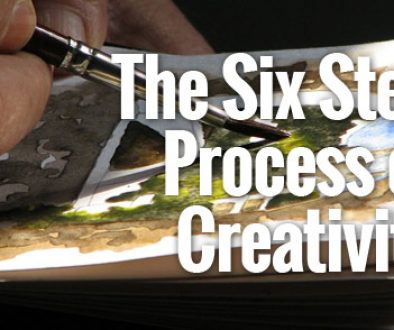3 Meditation Options That Are Easier Than You Think
‘O, be still my wandering mind’
The recent explosion of spiritual practices and the greater embracing of Eastern traditions in the West have brought meditation to the foreground, so much so that it is now common practise, accepted and embraced by main stream.
No longer does meditation conjure images of monks sitting in a full lotus garbed in saffron robes, these days it’s as easy and acceptable to see CEOs and top executives carving out daily time to meditate.
While meditation is now recommended as the ‘go to’ solution to get ‘mind, body and spirit’ in sync, the ideas and practises associated with meditation often still seem difficult and challenging – often calling on far beyond what most are comfortable with.
The typical image of a meditating person, is one sat in a full- or half- lotus position, with both hands in a mudra, with a facial expression of serenity and calm is often far removed from the bustle of our daily reality.
We often assume that in order to meditate, we need a perfectly quiet, still environment. One in which we can clear and empty our minds of thought. Undoubtedly the greatest challenge for all beginning meditators is the ability to calm and eventually silence our mind’s chatter.
The great promise being that in the silence, we will find answers to our deepest questions and desires.
3 Practises that Make Meditation Simpler
If you too have been struggling with the ability to completely quiet your mind, in the 15 to 20 minutes of meditation time, perhaps it may be useful to try out some of the following suggestions instead.
1) Practising Mindfulness
Mindfulness is often described as watching what your mind does. While there are many mindfulness courses on the market these days, some of which even have ‘homework’ where students of mindfulness are asked to write down all their thoughts within a specific time frame, the practise of mindfulness that I’m recommending there though, is no where near as complicated at all.
The mindfulness practise of simply being present and being aware of the environment you are in and the actions that you are doing. To immerse yourself, wholly and completely in whatever you are doing, in that moment in time. Observing children at play is possibly one of the best examples of mindfulness.
My own favourite mindfulness time is actually when I’m doing the washing up. Other people find similar ‘zoning out’ experiences while running, or doing repetitive house work (vacuuming or polishing). For whatever reason, my mind seems to calm itself at the repetitive actions of washing each plate and mind chatter is almost non-existent. Not surprisingly, in this calm, detached state is also when the most exciting ideas ‘flow’.
Key to practising mindfulness is really to be able to simply watch the thoughts come and go. Instead of holding yourself up to a ‘standard’ of keeping all thoughts at bay, simply observing the thoughts, and being aware of how they flow from one to another allows your mind and yourself to keep calm and at be peace.
After practising this for a while, you are likely to find that thoughts gradually slow down and become less persistent. Over time, the promise of a clear mind will become a reality.
2) Writing meditation
Writing meditation is one that requires some focussed time and here again it is key to simply allow your thoughts to flow.
Whether you have a specific question in mind that requires an answer, or if it’s just a sense of peace and quiet that you may desire, practising writing meditation offers a way in to a clearer mind. To do this, sit at your desk with your notepad and pen, or with a new text editor on your computer.
Before your begin, take some time to simply focus on your breathing for a while. Often ten deep focussed breaths is all you need to come to a place of quiet solitude. Once you are ready, simply write or type whatever thoughts come first to your mind. Uncensored, unedited.
3) Watch your breath
The most often recommended way in to meditation is to simply sit quietly and watch your breath. Perhaps it’s because breathing is such an involuntary action that we are so used to, and so often take for granted that we don’t often think of how we breathe, and yet when we take the time to slow down and focus on our breath, we come to more awareness of how important breathing actually is.
There are many ways of doing this.
If you’re lying down, this could be in the form of observing the rise and fall of your chest or abdomen.
If you’re sitting, you could focus similarly on the rise and fall of your chest or abdomen, or my own personal preference is to simply focus on how the air flows in and out through my nostrils.
Spending as little as 3 minutes to as much as an hour, simply doing nothing but focussing on your breathing provides some time for your mind to be still and come to a sense of calm.
Over to you
These are my top three go to meditation experiences, especially when time is short or when I’m feeling hard-pressed. If you do meditate on a consistent or daily practise, how did you come to it? Do you have any tips to share with beginners or even seasoned meditators looking for something new to try? I always love to hear from you.



7 Reasons Why Slow Living is Soulful Living | Colour My Living
February 25, 2020 @ 2:40 pm
[…] For example, upon hearing your alarm in the morning, instead of rushing to the shower, sit on your bed and set your intention for the day. Make it a simple moment of prayer or meditation (https://www.colourmyincome.com/2014/3-options-to-meditation-that-are-easier-than-you-think/ […]